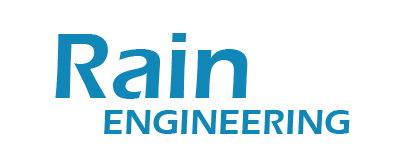
Like any implementation, Advanced Planning and Scheduling (APS) Systems have the potential to create a lot of challenges with integration, adoption, and training. These issues may seem obvious, but the reality is that unless you’re prepared to deal with them, they could lead to bigger problems. Our years of experience have taught us that contingency planning and advanced preparation provides the smoothest implementation. While creating your implementation roadmap, keep these five elements in mind.
Chances are that your current processes have worked well for you for a very long time and changing them might not be the highest priority. The most likely scenario is that over time you’ve simply adapted to your current processes’ shortcomings due to strained resources and high production demand. Implementing a new APS is your chance to wipe the slate clean and create a more sustainable process. Before you make a selection on an APS System, take a holistic view of your supply chain. Could it be more efficient? Could new technology make your team’s lives easier?
You know what they say about assuming things right? Well, thanks to being spoiled by today’s advanced technology, we often assume that all machines and software are inherently compatible. It wouldn’t be absurd to assume that any APS in today’s market could integrate with your ERP, MES, and the rest of your technology stack, but you might be wrong. Being how data-driven APS Systems are, be sure to double-check that integration with your existing technology stack is possible when selecting a new APS System. Overlooking this step could cost your entire budget by trying force systems to work together and having to hire additional resources to make it happen.
New technology means new functionality. Functionality that you may have never even imagined. You are already paying for those tools; you should be sure you’re fully realizing them. Before you can maximize the ROI of your new system, you must have a broad understanding of what it can do. Part of your implementation roadmap should include exploring, implementing, and adapting these new tools. In a best case scenario, your new APS could alleviate the costs of other outdated systems currently in your organization.
Nothing is worse than investing in a new system just for your team to shrug it off and not utilize it to its fullest. Employees often don’t like change. They see having to adapt to it as additional work they have to do on top of their regular jobs. Successful employee adoption starts before the implementation phase. It requires team members to feel as though they’ve been involved and have had a say since the very beginning. Be sure to include the team members who will ultimately be using the new APS so they feel heard and committed from the start.
Depending on your current technology stack, implementing a new APS could be a major shift for many of your team members’ day-to-day operations. Any employee that will ultimately touch the new APS needs to be thoroughly trained on it. Otherwise, they’ll never utilize it to its fullest extent. Furthermore, training documents or courses should be specifically adapted to your plant’s processes.
Implementing any new technology is not without its risks. The odds of everything running perfectly on day one are pretty low. With that being said, the more prepared you are to handle disruptions, the sooner you’ll be up and running at 100%.
Rain Engineering has helped countless clients get control of their factory’s performance and profitability and we can do the same for you. Contact us today to learn how we can help you not only select and implement your next system, but also help you traverse the process as well.
